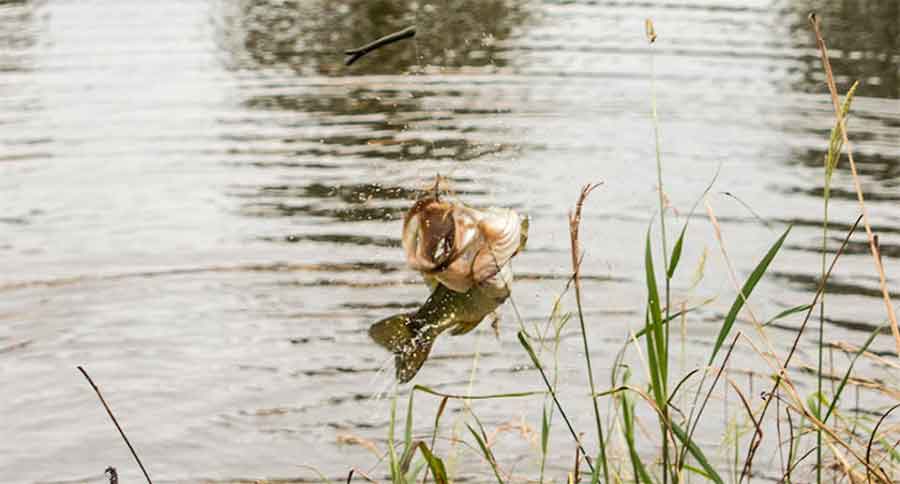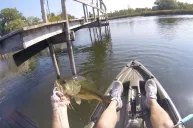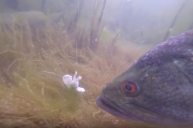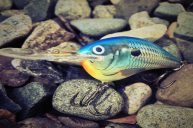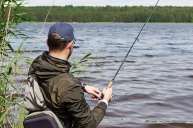Do you know how to bank fish in low-water conditions?
If you've ever arrived at your favorite fishing hole only to find a shallow body of water, you know the challenges of low-water fishing. Late summer and early fall often bring drought and drawdowns, making it a little tricker to fish. Thankfully, there are still ways to find success in low-water conditions.
Walker Smith of Wired2Fish.com compiled a list of tips for fishing in shallow water so you can continue to enjoy your favorite pastime.
1. Get Closer to the Bank

While you may be used to fishing farther from the shoreline, low-water conditions may require you to cast your line from closer to the shore.
"It's essential to remember that bass tend to move with the water level," Smith writes. "So with this low water, I don't expect the bass to be right up on the bank. I actually walked the bank looking for signs of life, whether it be bluegill, small crappie or shad and I found absolutely nothing other than a snapping turtle. That told me that the party was going on in a little deeper water, so I wasn't really afraid of spooking anything in the shallows."
2. Consider Your Casting Angles
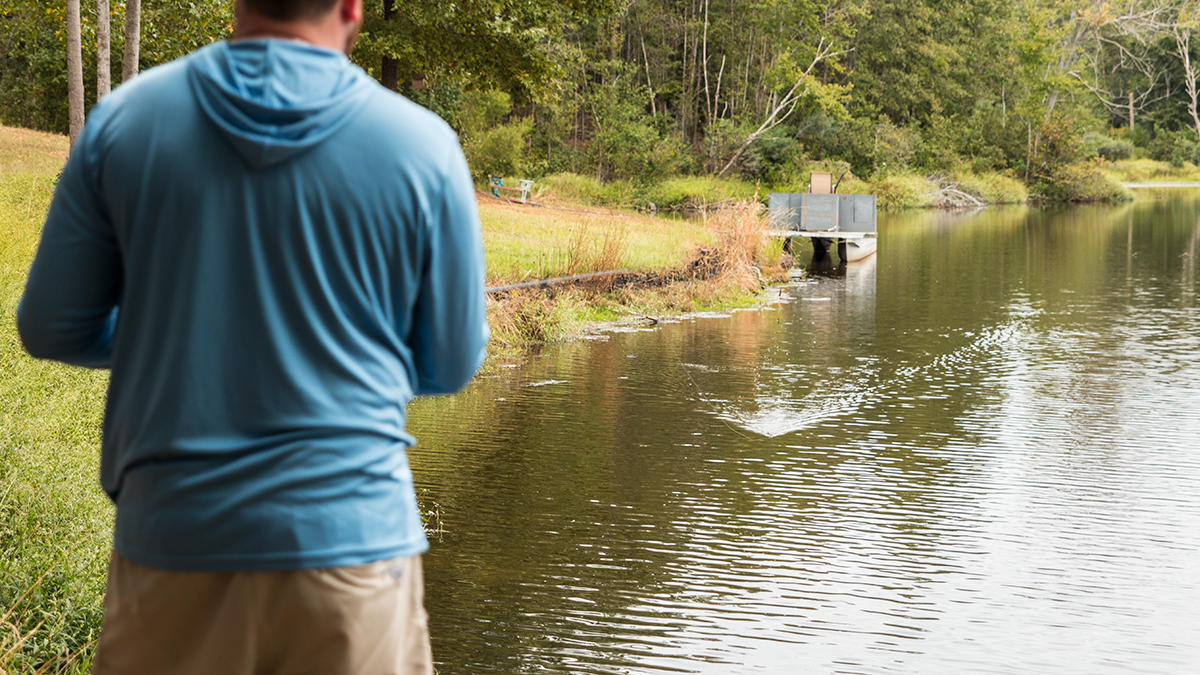
Smith says it's all about remembering that "bass move with the water level." He explains that bass often gather near the first depth change away from the bank. Smith calls these "break lines."
3. Use a Topwater Lure
Take it from an experienced angler, if you want to catch bass in low water, you'll want a topwater lure.
"Because a bass' tendency is to feed upward, I want something a suspended bass can easily ambush," Smith explains. "As long as the water is over 55 degrees, you have a great chance of catching a giant on a topwater."
4. Repeat Casts are Key
Sometimes the best way to catch bass in shallow water is to annoy them a little.
"Bass don't always bite out of hunger," Smith says. "Sometimes you have to tick 'em off and make them bite out of aggression."
5. One Bass Means More are Probably Nearby
No serious angler would stop after one great catch, but it's worth mentioning: where there's one bass, there's bound to be more!
"It can still be tough to get that first bite, as we discussed earlier. But once you do, pay close attention to exactly where the bite happened and take advantage of the competitive bass in the area," Smith says.
For more great tips, visit Wired2Fish.com or follow Wired2Fish on Facebook.
NEXT: ANGLER SHARES HOW TO REMOVE HOOK FROM DEEP INSIDE A FISH WITH MINIMAL HARM
